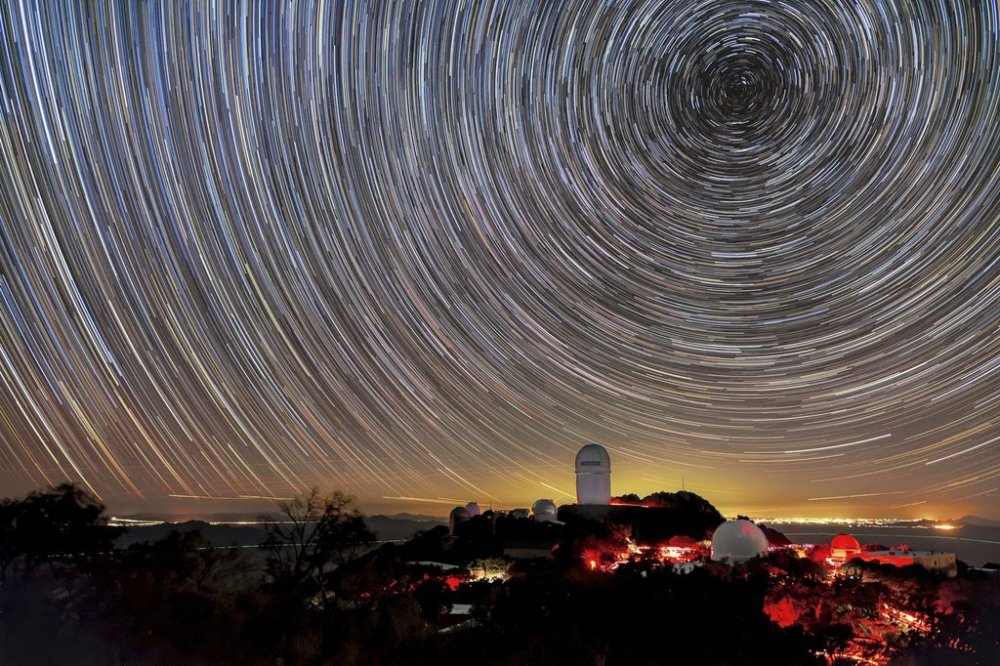How will the universe end? A changing understanding of dark energy may provide a new answer
Advertisement
Read this article for free:
or
Already have an account? Log in here »
To continue reading, please subscribe:
Monthly Digital Subscription
$0 for the first 4 weeks*
- Enjoy unlimited reading on winnipegfreepress.com
- Read the E-Edition, our digital replica newspaper
- Access News Break, our award-winning app
- Play interactive puzzles
*No charge for 4 weeks then price increases to the regular rate of $19.00 plus GST every four weeks. Offer available to new and qualified returning subscribers only. Cancel any time.
Monthly Digital Subscription
$4.75/week*
- Enjoy unlimited reading on winnipegfreepress.com
- Read the E-Edition, our digital replica newspaper
- Access News Break, our award-winning app
- Play interactive puzzles
*Billed as $19 plus GST every four weeks. Cancel any time.
To continue reading, please subscribe:
Add Free Press access to your Brandon Sun subscription for only an additional
$1 for the first 4 weeks*
*Your next subscription payment will increase by $1.00 and you will be charged $16.99 plus GST for four weeks. After four weeks, your payment will increase to $23.99 plus GST every four weeks.
Read unlimited articles for free today:
or
Already have an account? Log in here »
Hey there, time traveller!
This article was published 19/03/2025 (233 days ago), so information in it may no longer be current.
NEW YORK (AP) — Scientists are homing in on the nature of a mysterious force called dark energy, and nothing short of the fate of the universe hangs in the balance.
The force is enormous — it makes up nearly 70% of the universe. And it is powerful — it is pushing all the stars and galaxies away from each other at an ever faster rate.
And now scientists are getting a little closer to understanding how it behaves. The big question is whether this dark energy is a constant force, which scientists have long thought, or whether the force is weakening, a surprising wrinkle tentatively proposed last year.

Results presented at a meeting of the American Physical Society Wednesday bolster the case that the force is weakening, though scientists are not yet certain and they still haven’t worked out what this means for the rest of their understanding of the universe.
The updated findings come from an international research collaboration that is creating a three-dimensional map to see how galaxies have spread and clustered over 11 billion years of the universe’s history. Carefully tracking how galaxies move helps scientists learn about the forces that are moving them around.
Called the Dark Energy Spectroscopic Instrument, the collaboration released its first analysis of 6 million galaxies and quasars last year and has now added more data, bringing the count to nearly 15 million. Their updated results, taken with other measurements — exploding stars, leftover light from the young universe and distortions in galaxy shape — support the idea presented last year that dark energy may be waning.
“It’s moving from a really surprising finding to almost a moment where we have to throw out how we’ve thought about cosmology and start over,” said Bhuvnesh Jain, a cosmologist with the University of Pennsylvania who was not involved with the research.
It’s not time to completely rule out the idea that dark energy is constant because the new results are still shy of the gold standard level of statistical proof physics requires. The collaboration aims to map around 50 million galaxies and quasars by the end of its survey in 2026. And other efforts around the globe have an eye on dark energy and aim to release their own data in the coming years, including the European Space Agency’s Euclid mission and the Vera C. Rubin Observatory in Chile.
“We want to see several different collaborations having similar measurements” at that gold standard to be sure that dark energy is weakening, said cosmologist Kris Pardo with the University of Southern California who was not involved with the new research.
If dark energy is constant, scientists say our universe may continue to expand forever, growing ever colder, lonelier and still.
If dark energy ebbs with time, which now seems plausible, the universe could one day stop expanding and then eventually collapse on itself in what’s called the Big Crunch. It might not seem like the cheeriest fate, but it offers some closure, said cosmologist and study collaborator Mustapha Ishak-Boushaki of the University of Texas at Dallas.
“Now, there is the possibility that everything comes to an end,” he said. “Would we consider that a good or bad thing? I don’t know.”
—-
The Associated Press Health and Science Department receives support from the Howard Hughes Medical Institute’s Science and Educational Media Group and the Robert Wood Johnson Foundation. The AP is solely responsible for all content.

